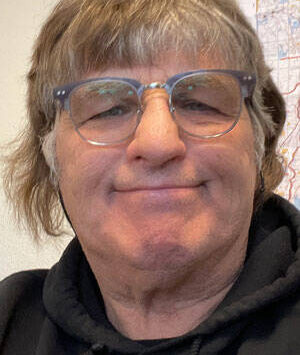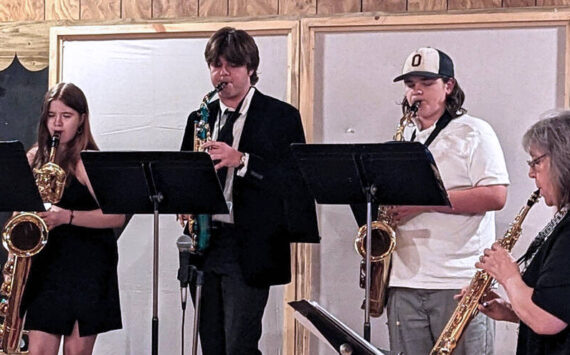TONASKET – In an effort to take care of two needs at once, the North Valley Hospital Board of directors is evaluating whether or not to convert several of the rooms in its Assisted Living facility into office space.
Assisted Living has been operating at between six and 10 residents below capacity for the last three years, resulting in annual losses of between $66,000 and $100,000 per year. Meanwhile, the hospital itself is short on office space, and reassigning some Assisted Living rooms as they become available could both avoid remodeling costs in the hospital and result in some cost reimbursement for the use of the Assisted Living space.
Unfortunately, when word leaked out that some of the rooms were being looked at for another use, some thought it meant that NVH was looking at closing the Assisted Living facility altogether.
“We are not in any way, shape or form talking about closing Assisted Living,” said NVH CEO Linda Michel. “The issue is making sure we preserve it for the community.”
Michel said that the facility needs to operate at or near its capacity of 32 residents to be profitable, but that hasn’t been the case with census reports that have averaged between 22.6 and 26 residents the past three years.
“The discussion is how we can maximize the use of the space,” Michel said. “If we can find a way to use some of the rooms for offices and avoid having to spend more money for remodeling in the hospital, we feel it would be good stewardship. But this is not a matter of us closing.”
Michel said it was still in the fact-finding stage. Construction review would be required to determine if it was even possible to use the Assisted Living rooms in that fashion, as well as a relicensing process for the number of beds.
“Plus, there are residents in some of the rooms we’re looking at,” Michel said. “We would not move anyone out of their rooms; it is something we would deal with through attrition.
“A whole lot needs to be done before we could consider actually moving in that direction. If we end up with an influx of people, we won’t even consider it. Whatever decision we make, we will be transparent about doing it.”
The issue was discussed at the NVH Board of Directors meeting on Thursday, March 29. Pat Atchison, whose mother is currently in Assisted Living, expressed concern over the proposal.
“I think that you are considering (Assisted Living) as part of the entire campus and I realize that,” Atchison said. “But I think you need to reach out into the valley, not only for the outstanding service they provide currently, but you have a whole generation of boomers just about lined up at the sidewalk at the door. I think your highest and best use of the facility is for what it is. I don’t agree with taking away that hallway from the residents….I think you would be better off taking second floor space… it’s not being used by the residents and hasn’t been for years.
“When the administration of a facility overtakes the peopling of a facility, we need to take a closer look at it.”
In other news, the rollout of the ACES has garnered plenty of positive attention, including Business Development Coordinator Terri Orford garnering an interview on Northwest Public Radio.
“Also, we had a call from DSHS,” said Patient Financial Services Manager Jana Symonds. “They’re wanting to refer all of the people who don’t qualify for benefits through them onto us. So they asked us to send them applications. It’s pretty huge.”
Symonds also reported that a huge bundle of claims delayed by a new financial claims standard that has caused headaches for many health care facilities are on the verge of being paid.
“For $816,000 worth of claims because of 5010 (the standard), we finally got $766,000 accepted,” Symonds said. “Those have gone through and are on the way to the payment board. We’ve been waiting three long months for that. Everyone else has been experiencing the same thing. But there is light at the end of the tunnel.”
The recent surveys sent out by the hospital district resulted in 430 responses. Michel distributed the results in two forms: one with the raw data, and one with the “unknown/not applicable” responses pulled out.
“Those were people who had never used those services,” Michel said. “I took those unknowns out (to figure the percentages). So on the second packet, I think the percentages are more accurate.
“They’re pretty good. We still have room for improvement, of course.”
Kelly Cariker was introduced as the hospital’s new Chief Information Officer, and Dr. Paul Lacey had his privileges modified from proctored surgical C-section to full C-section privileges, based on medical staff recommendations.
Finally, the hospital agreed to contribute $25 a month to help pay for a repeater atop Tunk Mountain that will allow emergency responders to be able to stay in radio contact up Highway 20 as far east as Wauconda, and north to Oroville. Until now ambulances have operated without communication in those areas.
The North Valley Hospital District board next meets Thursday, April 12.



